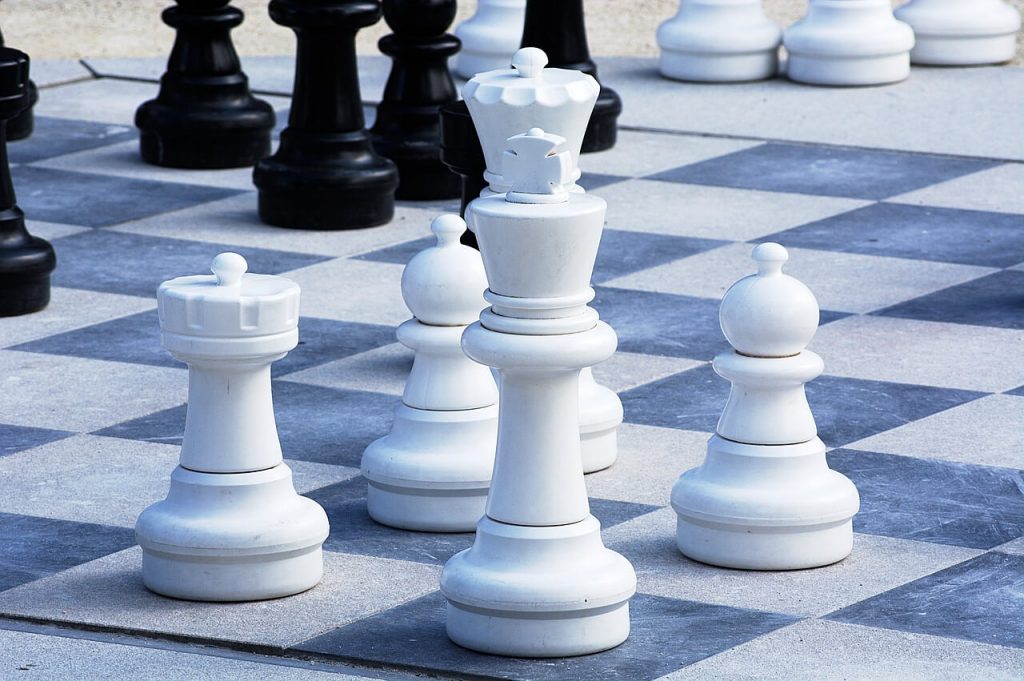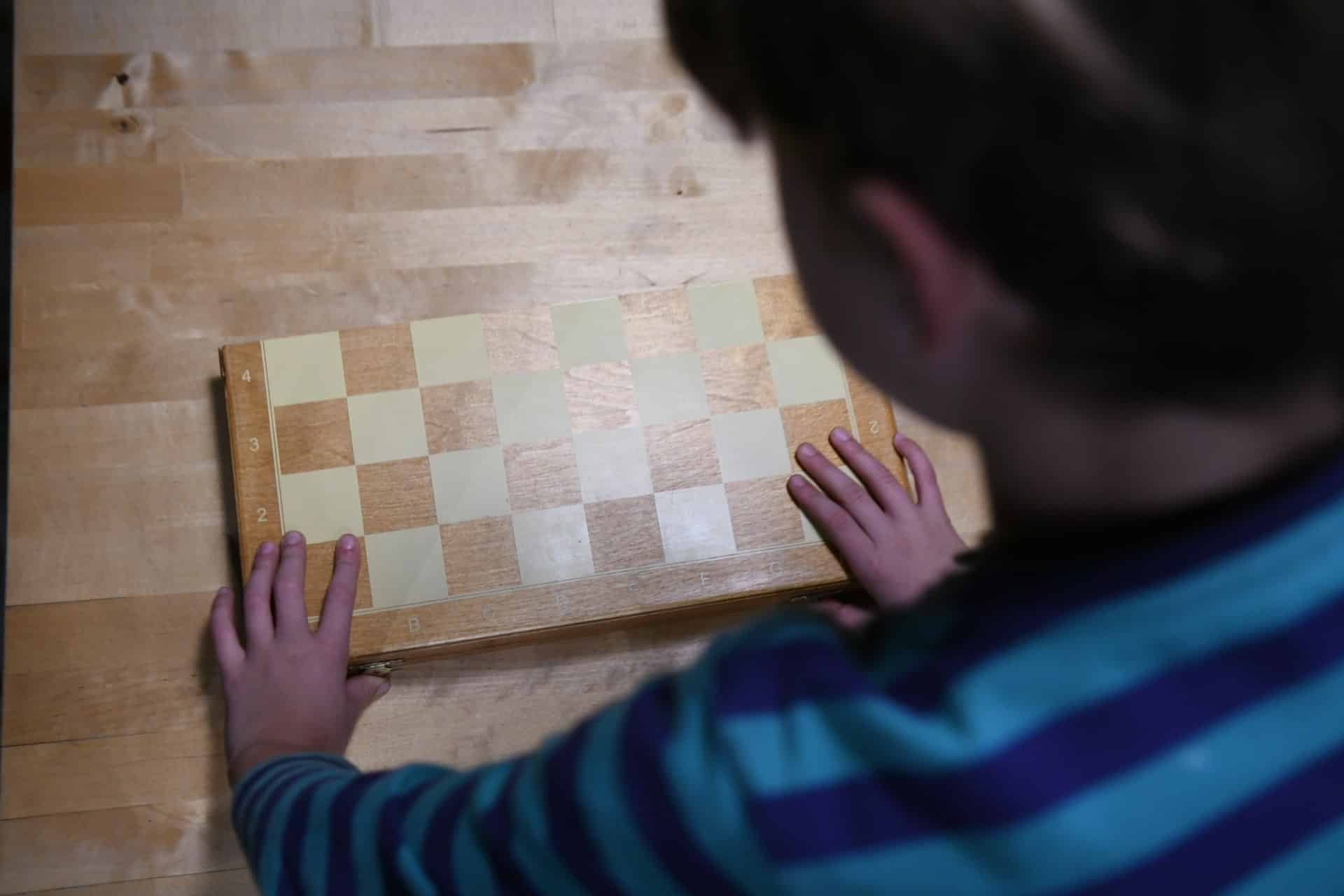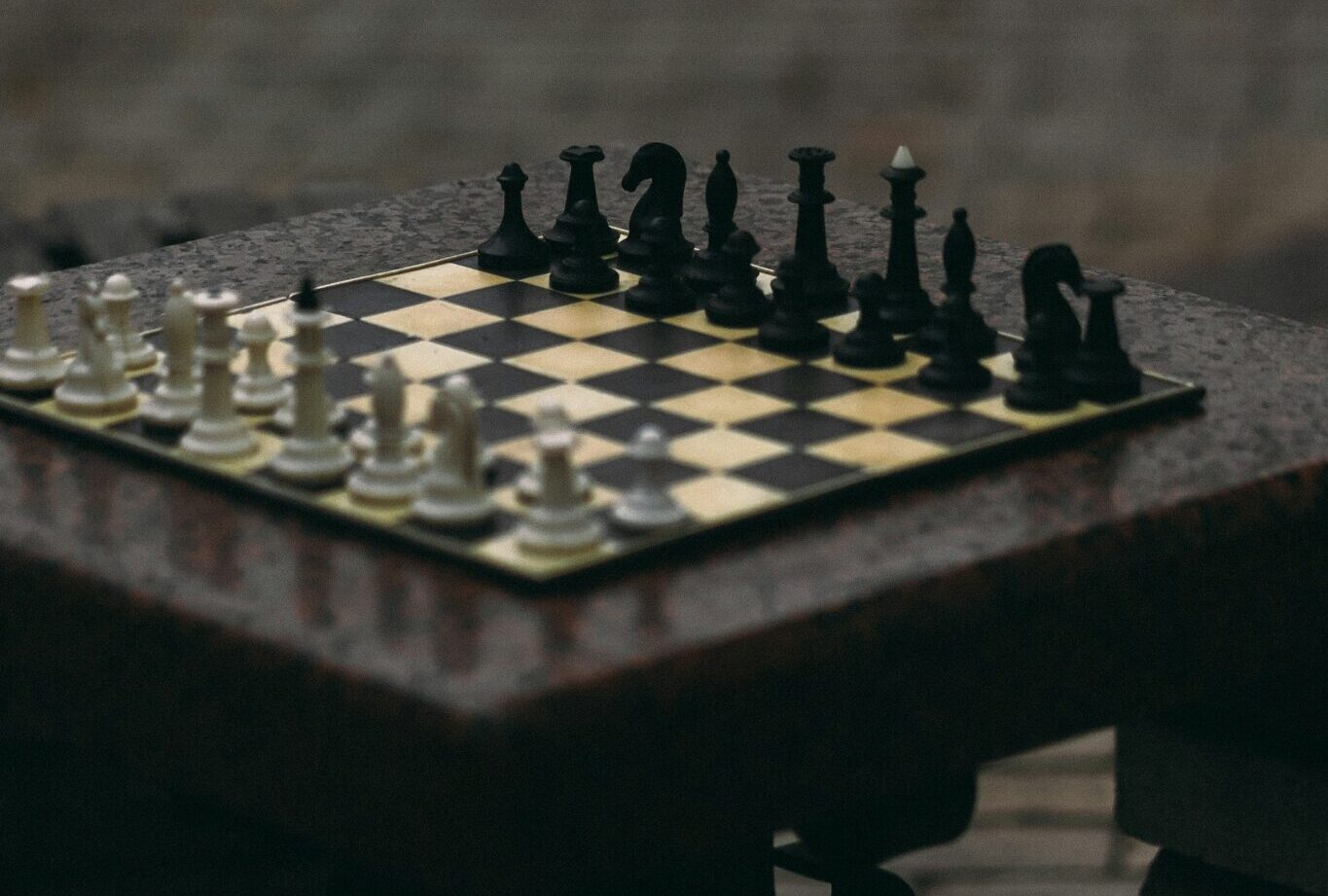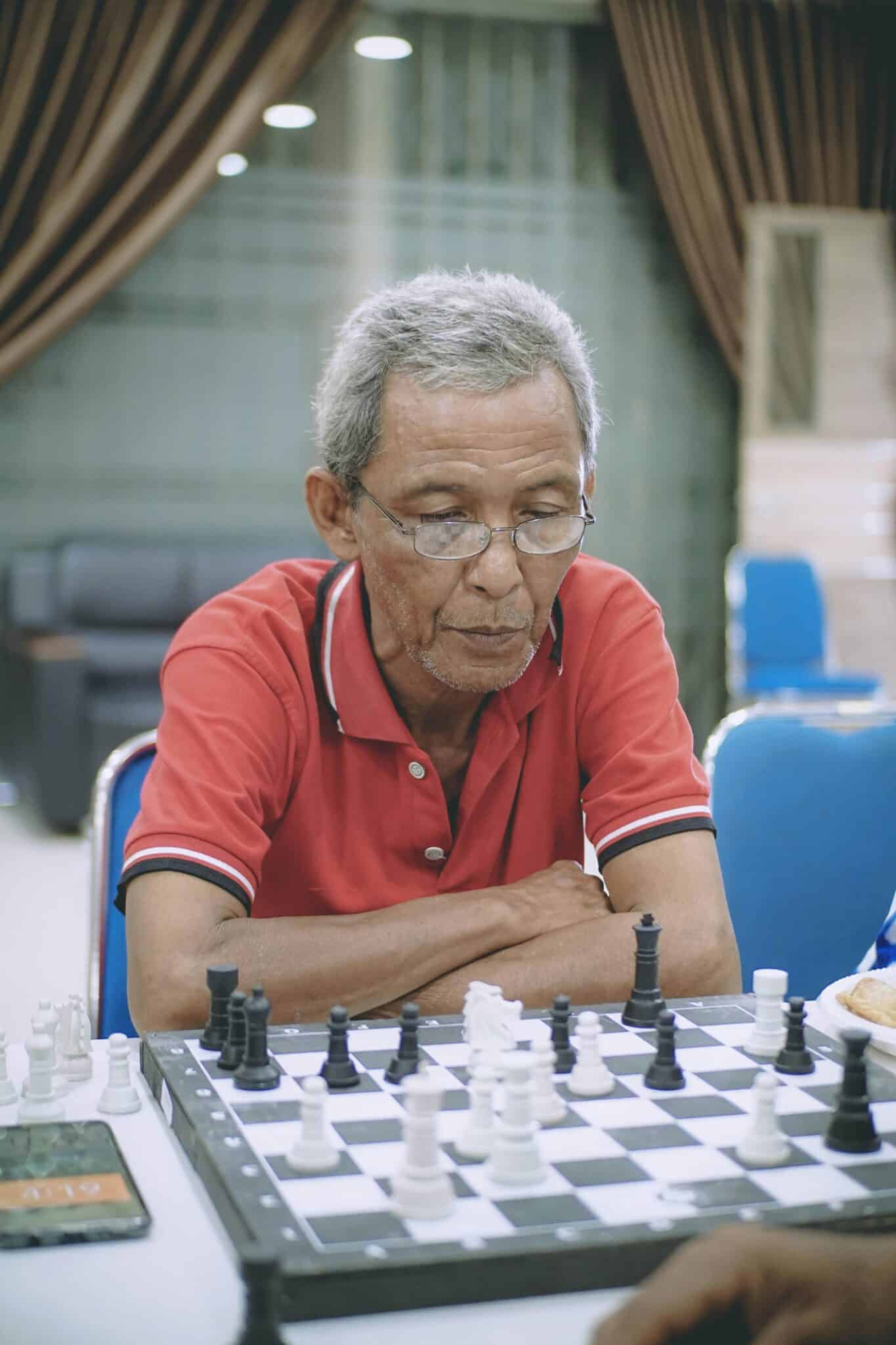Table of Contents
The powerful bishop
The bishops are strong pieces, they are incredible when it comes to defending and attacking simultaneously. They cover a wide extension of squares so a good chess bishop can be powerful when is positioned correctly.
It's well-known that an aggressive chess bishop set up is lethal in the middlegames. Is important to know a few tips so you dominate the position with your bishops.
In the Spanish opening, the white squares bishop of the white pieces is called the Spanish bishop. The reason for this is the immense play this bishop gives white, the active play and early pressure put into black's position makes it the best piece on the board.
This is just an example of how important the bishop is because, it is true the value of the pieces is relative, but bishops can be completely dominating over knights and even rooks.
We are going to explain in detail the main points you need to consider to keep your chess bishops on the top of the world.
The art of the chess bishop activation

There is a key idea you have to remember, we all say “the pieces' value is relative” but what do chess players mean by that?
Their value is defined by their utility in the position, the same goes for every piece on the board. This is why piece activity is one of the main things the chess player has to consider when evaluating the position.
So the idea is that the chess bishop will worth a lot if you have it controlling key squares in the position and attacking important pieces or preventing the rival's plan.
The correct way to do this is getting the best squares to put your pieces, placing your pieces in logical squares according to your plan and with a purpose.
The most important key of piece activation is knowing your plan, any square can be good to place a bishop if you know how to take advantage of it.
The key squares your chess bishop loves to control
The key squares are holes in our opponent's pawn structures, they are typically in the center of the board. This is important, normally if we place a piece in one of these “holes” we will get the upper hand.
For example in the Sicilian defense Najdorf variation, we can see black has the intention to play 6… e5, which has its advantages but leaves a “hole” on d5 at the same time.
D5 square has to be exploited by white trying to control the square with his pieces and also removing the defenders of that square. In this case, white tries to do that by moves like Bg5, Bc4, or Qd2 and Rd1.
The new philosophy of the good and bad bishop
Depending on the position's nature you will determine what is going to be the best place for your chess bishop. We know the definition what “good” and “bad” bishop.
Most people say the bad bishop is the one that has his pawns blocking their action. While the good bishop is the one that has no pawns blocking it at all.
In the following example, we can see this is not a precise statement.
So it doesn't matter where the pawns are located, just the initiative and opportunities it provides for the player.
The idea we want you to take home is that at the end of the day, doesn't matter if the chess bishop has pawns in squares of the same color, it is all about the activity of the position it has.
Everything is relative as Albert Einstein would say, every square of the board is good for a chess bishop, there is always a chance to improve it you just have to look for a way to exploit it.
Planning the chess bishop killer attacks
When it comes to attacking there is something we need to do first, which is looking at the opponent's weaknesses. You shouldn't think all about the attack because if there are no weaknesses to target your attack will have low success chances.
So, we know our contrary will not weaken himself for no reason. This is why is imperative that you use your chess bishops and knights to create weaknesses in the enemy position, provoke him to weaken his position.
A weakness can be a delayed pawn, a poorly protected square in the center, or a soft point near the king's position.
Place your pieces annoyingly so you will leave him no other option than to move a pawn so he will create himself a weakness. Remember that “Pawns leave weaknesses along their way”
One he creates himself a weakness, now you have something to aim for so put pressure on until you have tied your opponent up. If you organize your forces effectively then is going to be easy to organize an attack because your opponent has to watch out for his weakness.
The final step to concrete the attack is to find a way to create new threats while maintaining the pressure on the weakness that was aimed from the start of the game.
There are beautiful positional games in which one player restricts his opponent's position so, almost, the only option left is to wait for his rival to checkmate and win.
Chess bishops are an important part of that process, although the knight is still an important piece, the bishop is, in a lot of cases, the most important attacking piece.
3 Chess bishop amazing combinations
I want to wrap up here with 3 great combinations from grandmaster’s games, just to emphasize how strong bishops can be in attack.
These are some of my favorite combinations. The responses will be at the end of the article.
1 White to move
2 Black to move
3 White to move
Puzzle 1: Ba6!
Puzzle 2: Bd4! White resigned because the a3 pawn is unstoppable.
Puzzle 3: 1. Bb6! Qd7 2. Bf5!! Black resigned.
You may also like:
4 Hacks to get better at Chess with the Reddit Chess Forum
The Chess Blunder – Why We Blunder And Fixing It
[yasr_overall_rating]






